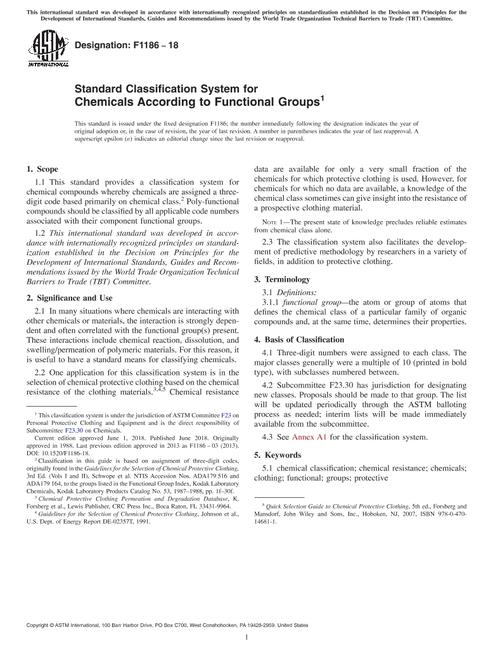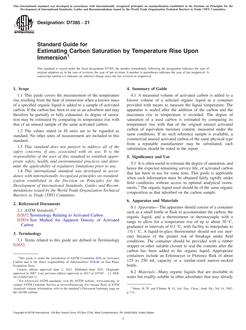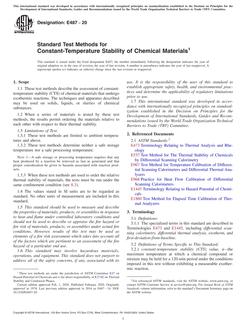-
-
Available Formats
- Options
- Availability
- Priced From ( in USD )
-
Available Formats
-
- Immediate download
- $63.00
- Add to Cart
-
- Printed Edition
- Ships in 1-2 business days
- $63.00
- Add to Cart
Customers Who Bought This Also Bought
-

ASTM E537-24
Priced From $63.00 -

ASTM F1186-18
Priced From $42.00 -

ASTM D7385-21
Priced From $46.00 -

ASTM E487-20
Priced From $44.00
About This Item
Full Description
Document History
-
ASTM E537-24
currently
viewing
Standard Test Method for Thermal Stability of Chemicals by Differential Scanning Calorimetry- Most Recent
-
ASTM E537-20
Standard Test Method for Thermal Stability of Chemicals by Differential Scanning Calorimetry- Historical Version
-
ASTM E537-12
Standard Test Method for The Thermal Stability of Chemicals by Differential Scanning Calorimetry- Historical Version
-
ASTM E537-07
Standard Test Method for The Thermal Stability Of Chemicals By Differential Scanning Calorimetry- Historical Version
-
ASTM E537-02
Standard Test Method for The Thermal Stability Of Chemicals By Differential Scanning Calorimetry- Historical Version
-
ASTM E537-98
Standard Test Method for Assessing the Thermal Stability of Chemicals By Methods of Thermal Analysis- Historical Version




